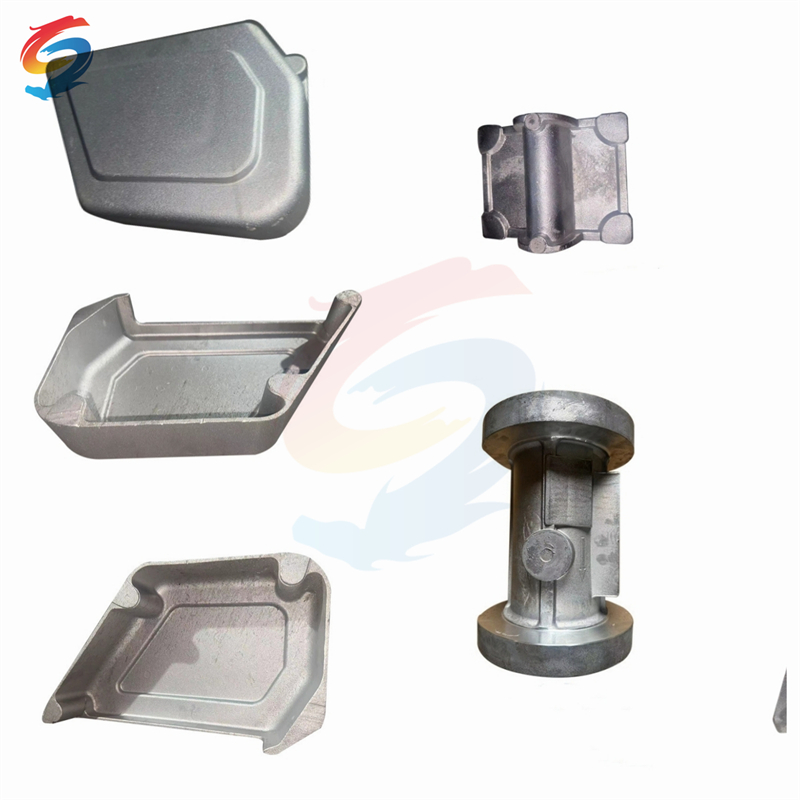Stainless steel is a corrosion-resistant alloy primarily made from iron, chromium (at least 10.5%), and varying amounts of other elements like nickel, molybdenum, and carbon. Known for its strength, durability, and excellent resistance to rust and staining, stainless steel is a cornerstone in industries such as construction, manufacturing, medical equipment, and food processing. Its unique chemical makeup allows it to maintain a shiny appearance and structural integrity even in the harshest environments.
But why does it matter? Because not all stainless steel is created equal. There are multiple grades and families, each tailored for specific applications. Understanding these distinctions is vital for engineers, buyers, and manufacturers to ensure optimal performance and cost-efficiency. From kitchen utensils to chemical reactors, choosing the wrong grade could lead to unexpected corrosion, mechanical failure, or skyrocketing maintenance costs.
The Four Main Families of Stainless Steel
Stainless steel is classified into four primary families, each with distinct properties based on their microstructure. These families include Austenitic, Ferritic, Martensitic, and Duplex stainless steels. Here’s a breakdown of each:
Austenitic Stainless Steel
This is the most widely used family, including grades like 304 and 316. Austenitic steels are non-magnetic, highly formable, and exhibit excellent corrosion resistance. They are ideal for environments exposed to chemicals, moisture, and extreme temperatures. The presence of nickel improves ductility and toughness.
Common Uses: Kitchen sinks, medical devices, marine applications.
Notable Grades: 304 (general purpose), 316 (marine-grade, better resistance to chlorides).
Ferritic Stainless Steel
Ferritic steels contain little or no nickel and are magnetic. They are less ductile than austenitic types but more cost-effective and resistant to stress corrosion cracking. These are suitable for automotive trim, appliances, and architectural applications.
Common Uses: Exhaust systems, industrial roofing, boiler tubes.
Notable Grades: 430 (decorative applications), 409 (automotive).
Martensitic Stainless Steel
Designed for hardness and strength, martensitic steels can be heat-treated. However, they generally offer less corrosion resistance compared to austenitic or ferritic grades.
Common Uses: Knives, turbines, dental instruments.
Notable Grades: 410 (general-purpose), 420 (cutlery-grade).
Duplex Stainless Steel
Duplex steels combine austenitic and ferritic structures, offering high strength and superior corrosion resistance. These steels are especially useful in aggressive environments like offshore and chemical processing.
Common Uses: Oil and gas pipelines, desalination plants.
Notable Grades: 2205 (excellent chloride resistance), 2507 (super duplex).

Stainless Steel Grades: A Closer Look
To understand stainless steel grades better, consider the following comparative table of popular grades:
| Grade | Family | Corrosion Resistance | Strength | Formability | Magnetic | Typical Uses |
| 304 | Austenitic | Excellent | Medium | High | No | Kitchen, pipes, tanks |
| 316 | Austenitic | Superior (chloride-resistant) | Medium | High | No | Marine, pharmaceutical |
| 430 | Ferritic | Good | Low-Medium | Moderate | Yes | Automotive, appliances |
| 410 | Martensitic | Moderate | High | Low | Yes | Cutlery, pumps, valves |
| 2205 | Duplex | Excellent | Very High | Moderate | Yes | Offshore, structural components |
Each grade is formulated for specific physical and chemical properties. For example, while 304 is great for general-purpose use, it may fail in salty or acidic environments—where 316 shines due to its molybdenum content. Similarly, if magnetic properties are required, ferritic or martensitic options should be considered.
How to Choose the Right Stainless Steel Grade
Choosing the right stainless steel involves understanding the operational environment, mechanical requirements, and budget constraints. Here are a few key factors to consider:
Corrosion Environment: Exposure to chloride, acid, or high humidity demands high-corrosion-resistance grades like 316 or duplex stainless steels.
Mechanical Stress: For components under stress or requiring strength, martensitic or duplex steels are preferable.
Fabrication Needs: If the material needs to be bent or welded, austenitic grades offer superior formability.
Cost Sensitivity: Ferritic steels offer economic advantages but compromise on corrosion resistance.
Incorrect selection can result in early failure, increased downtime, and safety risks. Always consult material specialists and analyze your application parameters before finalizing your choice.

FAQs About Stainless Steel Grades
Q1: What is the difference between 304 and 316 stainless steel?
A: 316 contains molybdenum, which gives it better resistance to chlorides and corrosion. It’s preferred in marine and chemical applications.
Q2: Can stainless steel rust?
A: Yes, although it's corrosion-resistant, it's not completely rust-proof. Certain grades under harsh conditions may develop surface rust.
Q3: Is stainless steel magnetic?
A: It depends on the grade. Austenitic steels (like 304) are non-magnetic, while ferritic and martensitic grades are magnetic.
Q4: Which grade is best for high temperature?
A: Austenitic grades like 310 are ideal for high-temperature applications due to their ability to retain strength and resist oxidation.
Q5: How is duplex stainless steel different from others?
A: Duplex combines features of austenitic and ferritic steels, offering high strength and corrosion resistance, especially against chlorides.
Conclusion
Understanding the families and grades of stainless steel is not just technical knowledge—it’s a strategic advantage. Whether you're designing skyscrapers, assembling chemical reactors, or manufacturing medical tools, selecting the right stainless steel directly influences safety, durability, and cost-effectiveness.





















